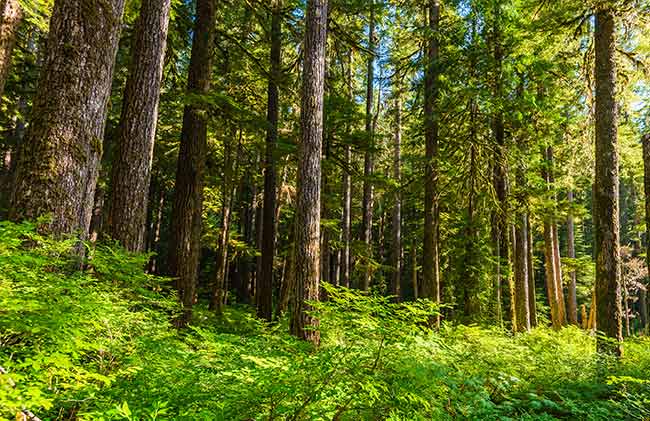Understanding trees in nature is crucial because they play a vital role in sustaining life on Earth. Trees produce oxygen through photosynthesis, making the air breathable for humans and animals, while also absorbing carbon dioxide, helping to combat climate change. They provide essential habitats for countless species, supporting biodiversity in forests, jungles, and even urban environments. Trees help prevent soil erosion with their root systems and contribute to the health of the water cycle by maintaining groundwater levels and reducing the risk of floods. Beyond their environmental functions, trees also improve human well-being by offering shade, reducing noise pollution, and lowering temperatures in urban areas. Additionally, they provide valuable resources such as wood, fruit, medicine, and cultural significance in many communities around the world. In short, trees are not just part of nature - they are key to the survival and health of the planet and all its inhabitants.
